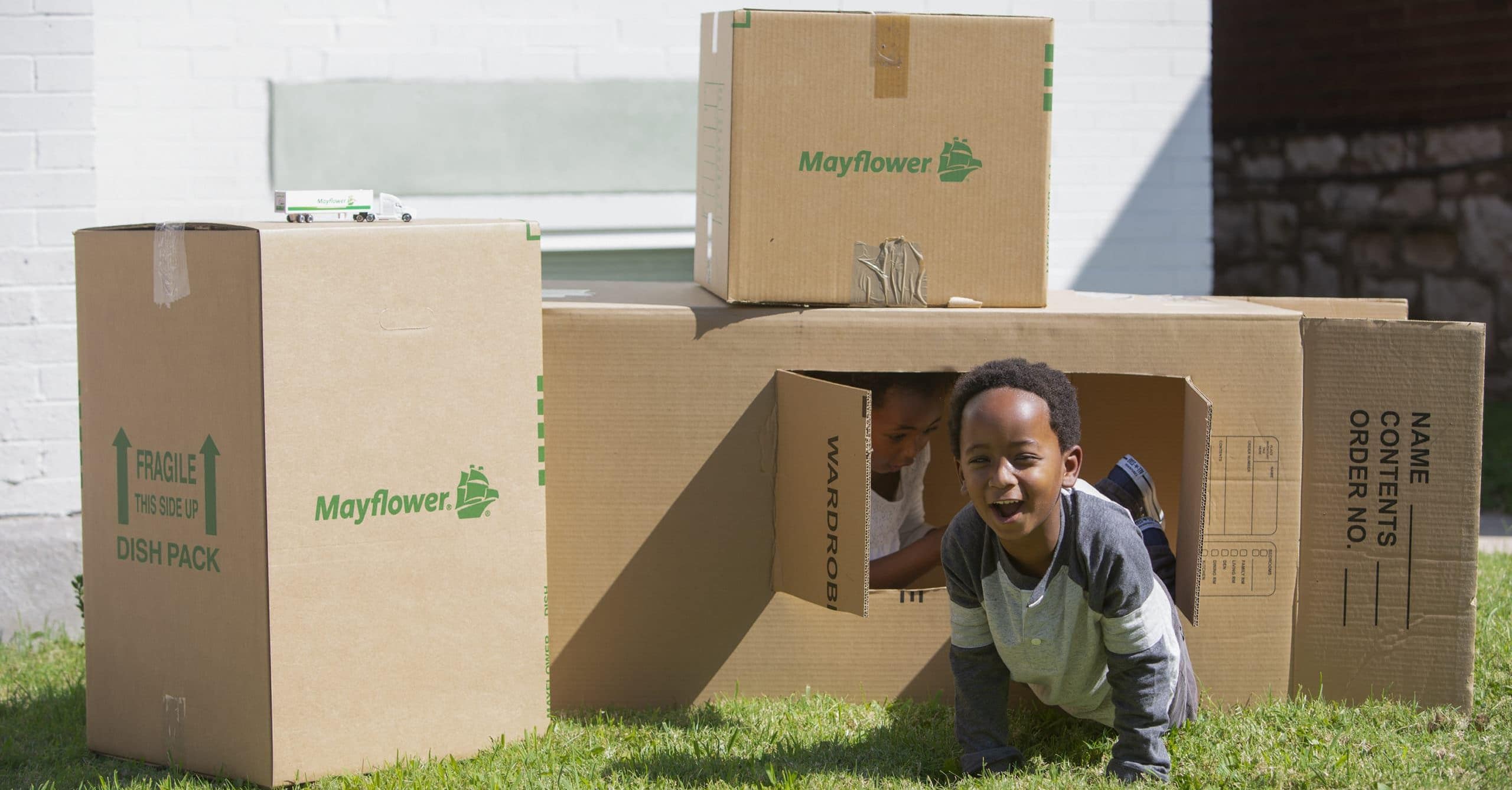Consider the impact moving has on your pets if you think it’s stressful for people. Dogs and cats have a unique sense that allows them to anticipate life-changing events. As soon as boxes and packing supplies appear, pets become anxious.
Here are some suggestions to help your beloved furry friends cope with moving stress.
Select a Home You Both Will Love
Consider how much space your pets require when you are looking for a house or apartment. Before signing a contract, you should consider
- How much space do they need?
- Would a yard be preferable for your dog?
- Is the area suitable and secure for your pets?
- Are there places nearby to walk with your dog?
Packing Tips With Pets
Anxiety in pets is common during the packing process. Therefore, you should start packing a few weeks before your moving day. Give yourself plenty of time to pack slowly.
Put the boxes in a separate room where the pets can’t reach them. First, maintain as much of a regular schedule as possible to keep them busy. Then, gradually introduce the rest of the packing supplies and have them become accustomed to them.
Prepare for the Trip
You should always keep your pets in crates or carriers during the relocation trip. Even during a short move, crates are essential to prevent them from escaping or becoming a distraction for the driver. Therefore, introduce a crate gradually if your pet needs to be crate-trained or isn’t used to one.
Get them used to being in the crate. Put some treats or food inside the crate to entice your pet inside. After each successful crate session, treat them.
Once the pet is comfortable in the crate, you can gradually introduce them to short car trips. This will ease the transition into car travel with your pet in the crate carrier. Moving day will go much more smoothly if you put in the time and effort to practice.
Plan for a Pet Sitter
When a lot of disruptive activity is going on, pets become anxious. Have a trusted friend or pet sitter care for them on your moving day to ease their anxiety. This will prevent them from getting in the movers’ way and keep them safe. Plan for them to stay with a friend at their house, or set up a “safe room” in your own home, free of packing materials and other potential dangers.
Prepare Your New House for Your Pets
Strive to make your new house 100% pet-proof by taking precautions in every room. Also, examine the entire perimeter of your yard’s fence for any openings they could use to get away.
If your pets are coming along for the move, keeping them in a separate room while you unpack so they can feel comfortable in their new surroundings without being in the way is best.
When unpacking, it’s essential to eliminate anything harmful, like chemicals, trash, or human food.
Tips for Calming Pets
Pets will be unfamiliar with the new space, but letting them explore too soon can make them uneasy. Instead, place the food and water in a quiet area away from the unpacking areas, and show them where to find them. Pets’ “home bases” should be stocked with all the essentials, including litter for cats, pee pads for dogs, and a selection of their favorite toys.
Make sure your dog is always on a leash. Your dog may experience anxiety in a new setting and attempt to run away. In addition, it will take your dog some time to learn the boundaries of your new home.
Once your pet has settled in and adjusted to your home, you can start introducing them to larger areas. Of course, they’ll feed off your worries, so being patient is critical. Keeping your cool will help ease the stress on your pet.
Plan a Successful Relocation With Your Pets
Whether you’re moving locally or long-distance, we’re your solution! Contact us today for a quote and more information.





